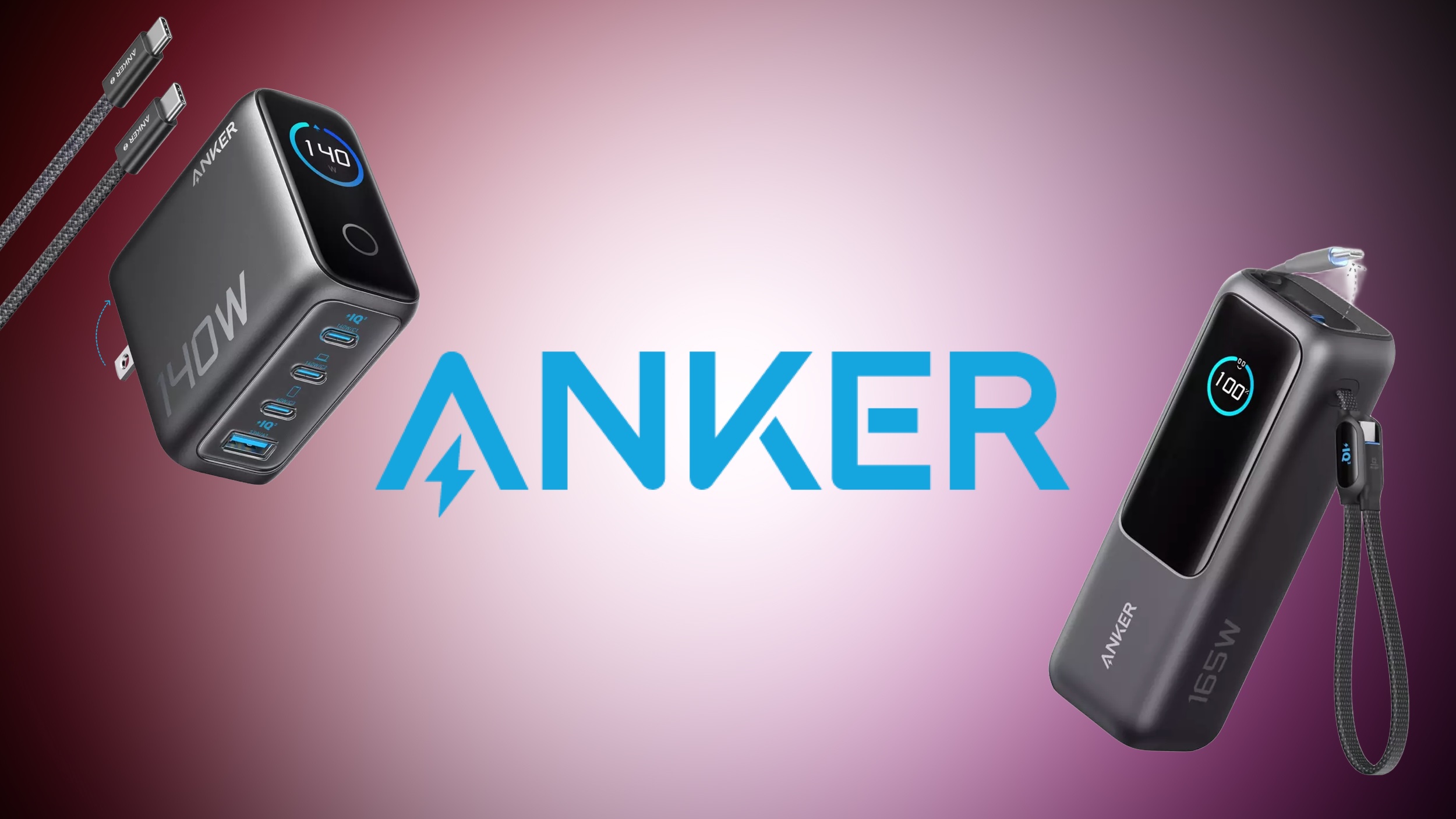How to extend the life of battery powered security cameras
There’s no doubt about the benefits of wireless security cameras, they can be placed almost anywhere, and the lack of wires makes setup an absolute breeze.
The downside, however, comes when the camera needs to charge up again. It might not be a big deal if you’re using a desktop camera, for instance, but if you’ve got an outdoor camera that’s mounted high out of reach, things start to get a little more irksome.
In either case, we’d still prefer to be charging as infrequently as possible, so we’ve put together a quick guide to help you get the most out of your wireless security cameras.
Choosing the right camera
This first section will only apply if you’re yet to purchase a security camera, but if you’re thinking of upgrading, there are things worth considering here, too.
Best outdoor smart home cameras: See outside your home anytime
If battery life is a high priority, and it probably should be, then you’ll want to check the specs of your desired camera quite carefully.
Manufacturer battery estimations are always on the optimistic side, but they’ll still give a good indication of the longevity you can expect from a charge. You should take the figures with a grain of salt, but if one brand is promising months of use, while the other is promising weeks, you should expect better battery life from the former.
It’s also worth considering models with a swappable battery, which will allow you to charge the battery separately and simply swap it out when the charge runs out, minimizing downtime.
Finally, you need to make sure that you’re purchasing a camera with motion sensing capabilities, as anything that tries to record continuously will have a very short battery life. The good news is, that almost every popular model will have some form of motion detection built in.
Choosing the right settings
As we described in the last section, continuous recording will drain your battery at breakneck speed, so first-things-first you’ll want to keep the camera operating in some form of motion detection mode.
Then, you should consider setting the camera to a schedule, so that it doesn’t trigger at times when you’ll be home and awake. For example, we like to set our cameras to come on at night when we’re asleep, and manually turn them on when we leave the house. If you’re savvy, you can even get them to activate automatically using IFTTT integration.
If your camera gives you the choice, setting it to activate when it detects a human shape may be more efficient than using a general motion detection mode. This means that the camera is less likely to activate when a tree sways in the wind or a pet walks by.
Some cameras will allow you to exclude areas from detection, this can be especially handy with driveway or doorbell cameras. For the best battery life, you’ll want to exclude high-traffic areas, like a public street, from your detection settings. Instead, only select areas that you are actually concerned about, like a private driveway.
If you can’t exclude specific zones in your camera settings, you can simply turn down the sensitivity of detection, which will have much of the same effect.
Finally, if your camera has built-in spotlights, you could consider choosing night-vision instead, which will use much less battery at the expense of being a less effective deterrent.
Choosing the right location
You might be sensing a theme here, and that’s the fact that the more frequently the camera triggers, the lower battery life you can expect.
As well as getting your settings dialled in for maximum battery life, you should also consider the location in which the cameras are mounted.
For example, if you stick a camera in a busy hallway or public street, then it’s going to trigger a lot more often than a camera in the garden.
Of course, what’s most important is getting coverage of the key areas that you’re concerned about, but some consideration should be given to battery life, too.
Adding accessories
There are a number of accessories you can purchase to extend the battery life of your security cameras, but from the options that we’ve tested, one stands out above the others – the solar panel.
Most smart home security brands offer an outdoor solar panel option to extend the life of their cameras. We’ve been testing the Ezviz panel in combination with the eLife outdoor camera, and have been getting great results.
When the sun hits the panel it charges the camera via its waterproof micro USB port, the camera is primarily active during the night which drains some battery, and then the next day it gets charged back up using only the power of the sun.
squirrel_widget_12854342
Of course, it’s most effective during the summer when there’s more light to harvest, but for a small initial outlay (about £30 in this case) and no ongoing costs, we think it’s well worth considering.
Other accessory options include extended battery housings, like those offered by Arlo, which add some bulk to your camera but significantly increase battery life. There are some external battery packs, and, there’s always the option of adding a power adapter – but then you’re losing the wireless aspect.
For us, the solar panel has been the most cost-effective and simple, so far, but if we find anything better, we’ll be sure to tell you about it.






